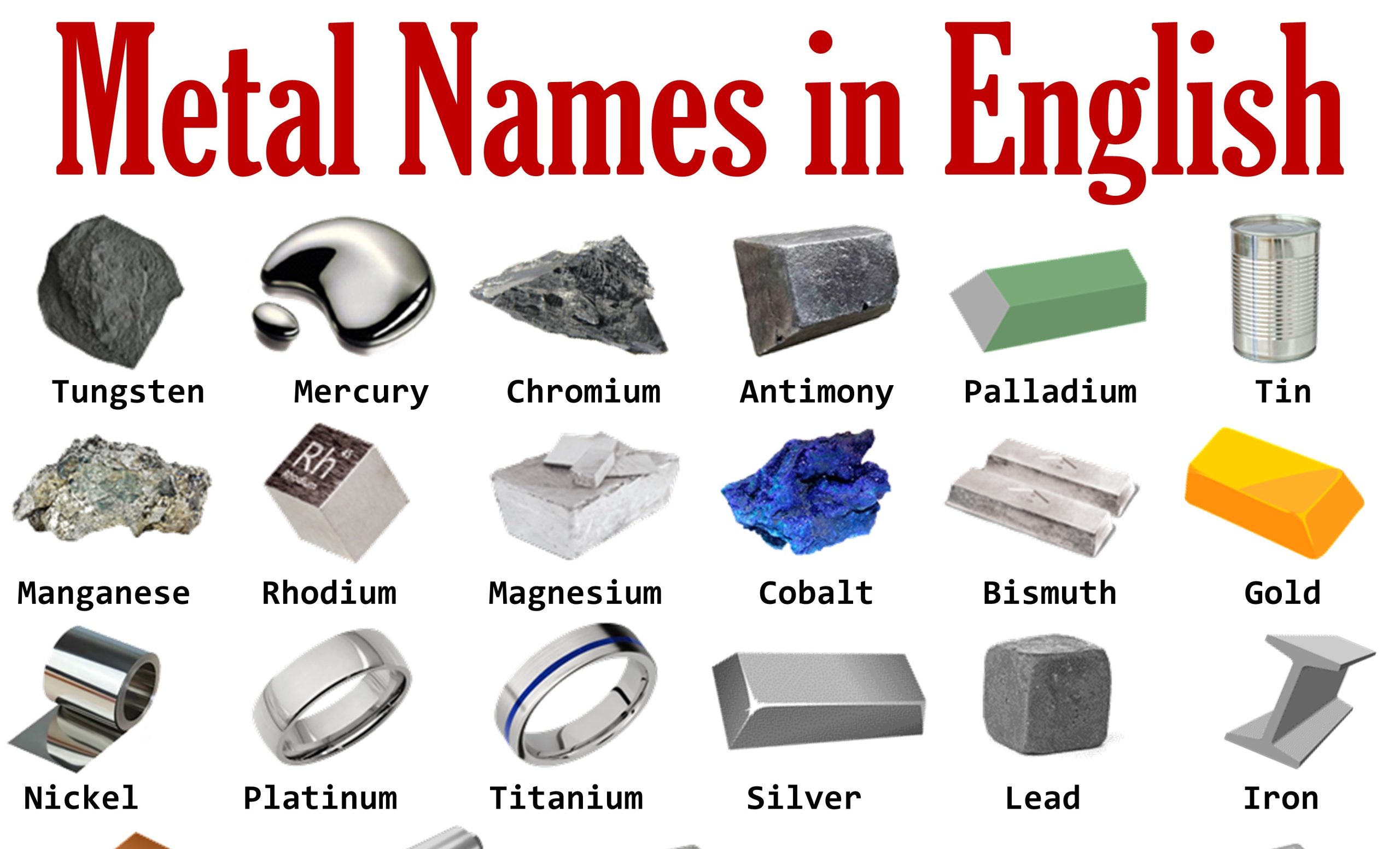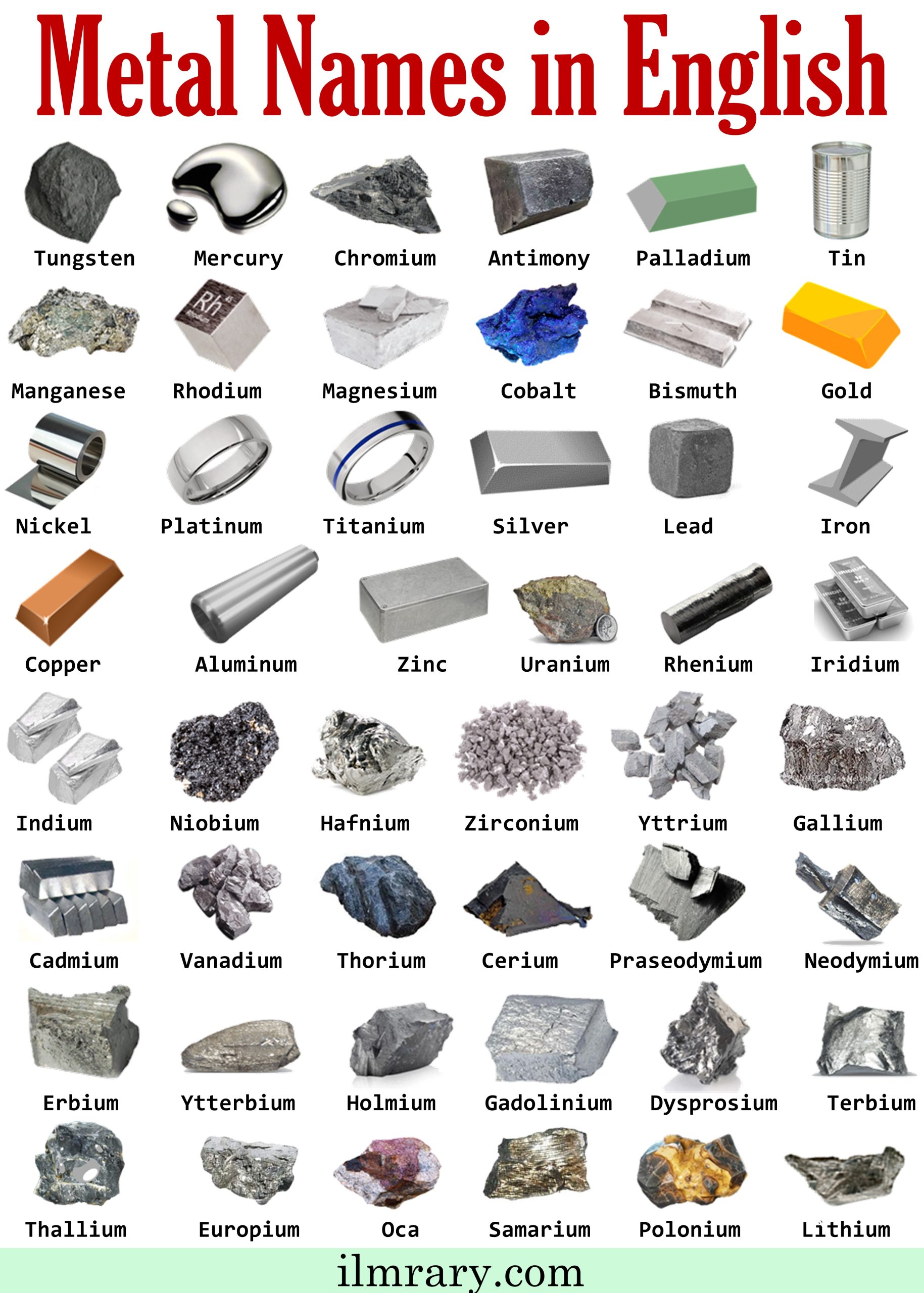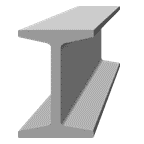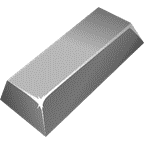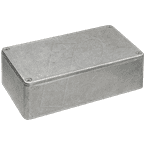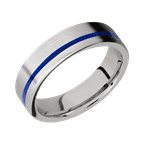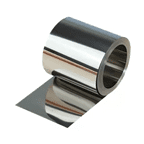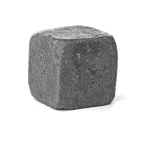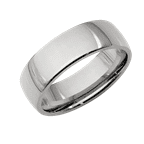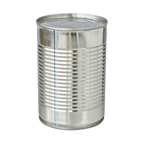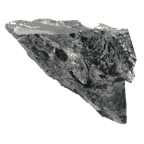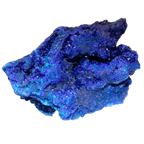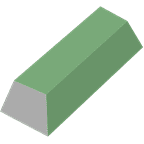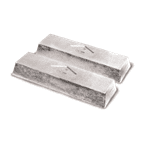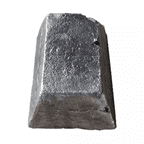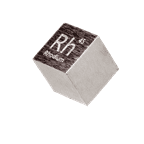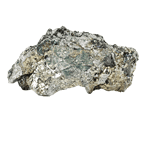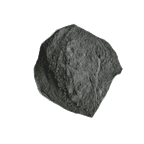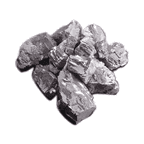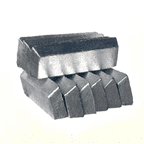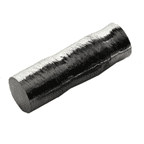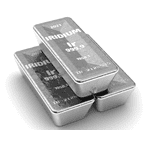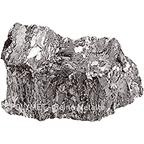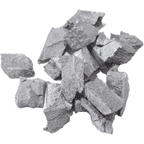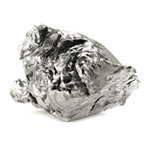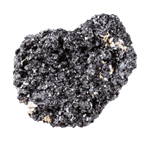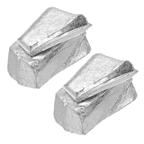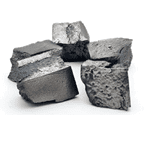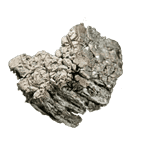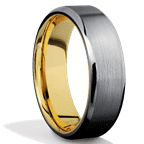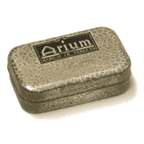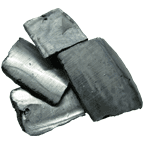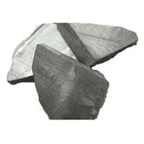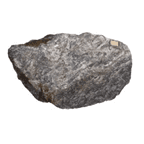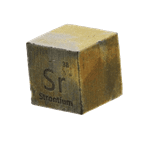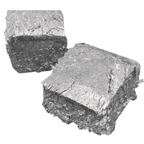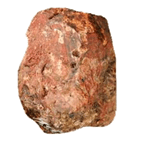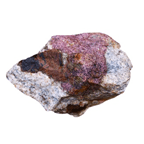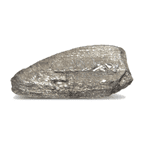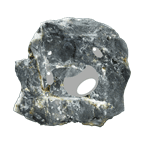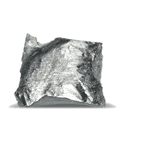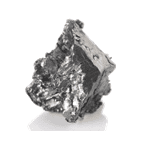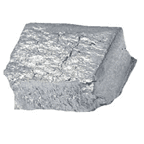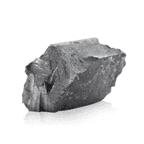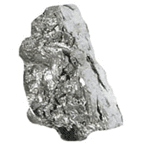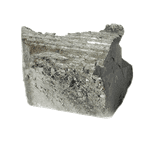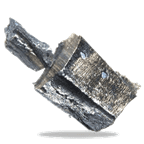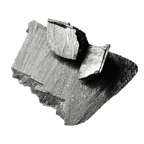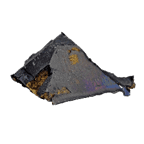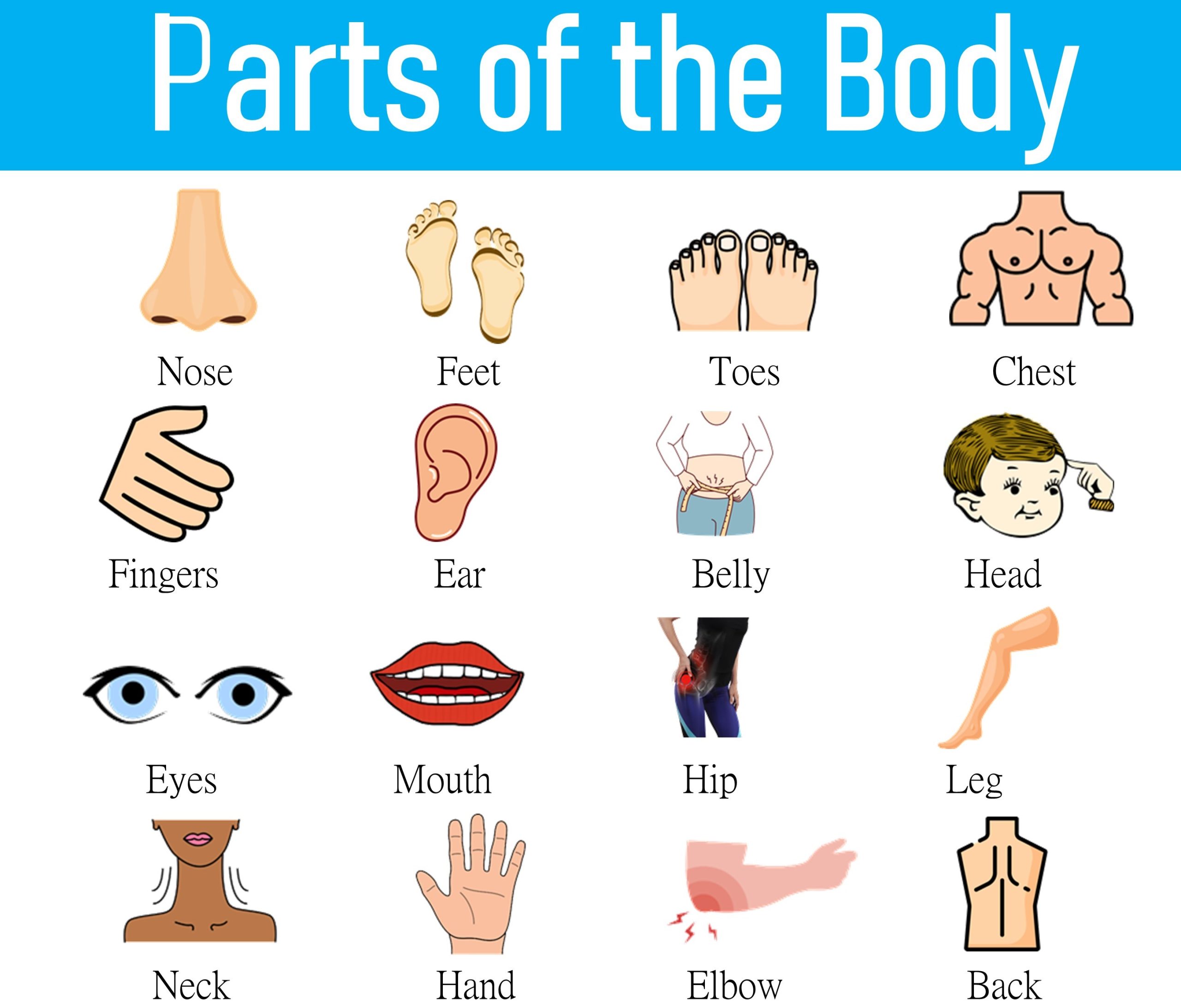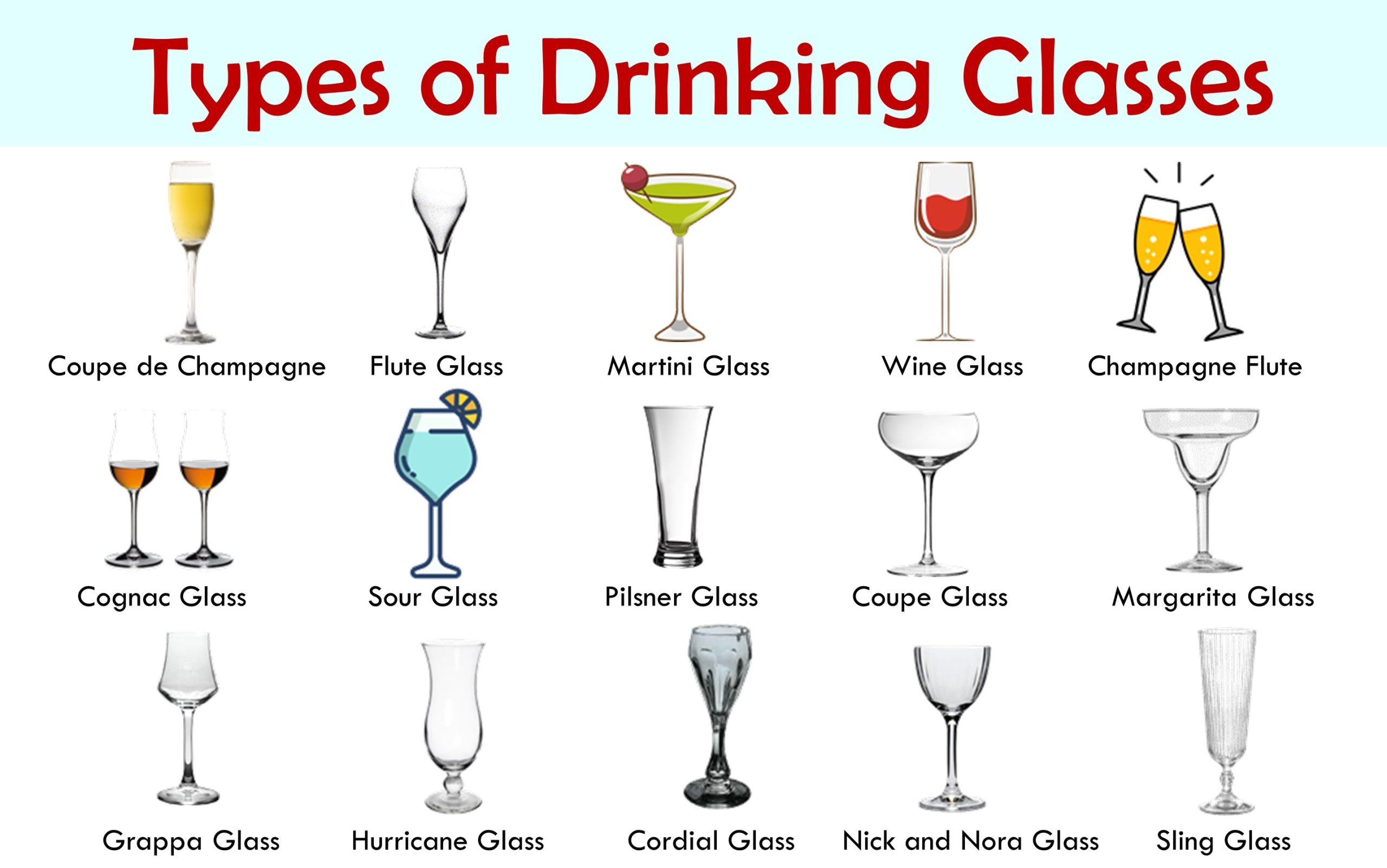Learning the names of metals in English is important because it helps us understand and communicate about the world around us. Metals are everywhere in our daily lives, from the coins we use to the buildings we live in and the devices we use. Knowing these names helps us identify different types of metals and understand their specific uses and characteristics. For instance, when we learn that “iron” is a strong metal used in making bridges, we can appreciate its role in construction. When we know that “gold” is a precious metal, we understand its value and significance in jewelry and economies. Learning metal names also aids in learning about history, technology, and science, as many metals have shaped human progress and innovation. So, whether it’s talking about a shiny “silver” spoon or a strong “steel” beam, knowing metal names enriches our everyday conversations and widens our knowledge of the materials that shape our world. you should learn all metals name in english to describe them easily.
Metals Names in English
Metals Name with Symbols
- Iron: Fe (Ferrum)
- Copper: Cu (Cuprum)
- Aluminum: Al
- Gold: Au (Aurum)
- Silver: Ag (Argentum)
- Lead: Pb (Plumbum)
- Tin: Sn (Stannum)
- Mercury: Hg (Hydrargyrum)
- Zinc: Zn
- Nickel: Ni
- Platinum: Pt
- Titanium: Ti
- Cobalt: Co
- Chromium: Cr
- Manganese: Mn
- Silver: Ag (Argentum)
- Gold: Au (Aurum)
- Platinum: Pt
- Copper: Cu (Cuprum)
- Iron: Fe (Ferrum)
- Aluminum: Al
- Lead: Pb (Plumbum)
- Tin: Sn (Stannum)
- Mercury: Hg (Hydrargyrum)
- Zinc: Zn
- Nickel: Ni
- Cobalt: Co
- Chromium: Cr
- Manganese: Mn
- Titanium: Ti
- Magnesium: Mg
- Silver: Ag (Argentum)
- Antimony: Sb (Stibium)
- Bismuth: Bi
- Arsenic: As
- Barium: Ba
- Calcium: Ca
- Strontium: Sr
- Radium: Ra
- Lithium: Li
- Sodium: Na (Natrium)
- Potassium: K (Kalium)
- Rubidium: Rb
- Cesium: Cs
- Francium: Fr
- Scandium: Sc
- Yttrium: Y
- Lanthanum: La
- Actinium: Ac
- Hafnium: Hf
- Tantalum: Ta
- Tungsten: W (Wolfram)
- Rhenium: Re
- Osmium: Os
- Iridium: Ir
- Plutonium: Pu
- Neptunium: Np
- Uranium: U
- Thorium: Th
- Protactinium: Pa
- Curium: Cm
- Berkelium: Bk
- Californium: Cf
- Americium: Am
- Einsteinium: Es
- Fermium: Fm
- Mendelevium: Md
- Nobelium: No
- Rutherfordium: Rf
- Dubnium: Db
- Seaborgium: Sg
- Bohrium: Bh
- Hassium: Hs
- Meitnerium: Mt
- Darmstadtium: Ds
- Roentgenium: Rg
- Copernicium: Cn
- Nihonium: Nh
- Flerovium: Fl
- Moscovium: Mc
- Livermorium: Lv
- Tennessine: Ts
- Oganesson: Og
List of Metal with Their Description
Iron (Fe):
Physical Properties: Silver-gray in color, solid at room temperature, high melting and boiling points.
Chemical Properties: Reacts with oxygen to form rust (iron oxide), used in construction and manufacturing.
Copper (Cu):
Physical Properties: Reddish-brown color, good conductor of electricity, malleable and ductile.
Chemical Properties: Forms a greenish patina over time when exposed to air, used in electrical wiring and plumbing.
Aluminum (Al):
Physical Properties: Lightweight, silvery-white metal, good conductor of heat and electricity.
Chemical Properties: Forms a protective oxide layer, used in various industries including aerospace and packaging.
Gold (Au):
Physical Properties: Shiny, yellow metal, highly malleable and ductile.
Chemical Properties: Resistant to corrosion and tarnish, used in jewelry and as a store of value.
Silver (Ag):
Physical Properties: Shiny, white metal, excellent conductor of electricity and heat.
Chemical Properties: Reacts with sulfur compounds, used in jewelry, coins, and photography.
Lead (Pb):
Physical Properties: Dense, bluish-gray metal, low melting point.
Chemical Properties: Forms various compounds, historically used in pipes, batteries, and as a shield against radiation.
Tin (Sn):
Physical Properties: Silvery-white metal, malleable, and ductile.
Chemical Properties: Forms an oxide layer that protects against corrosion, used in soldering and coating other metals.
Mercury (Hg):
Physical Properties: Liquid at room temperature, silvery-white color.
Chemical Properties: Forms amalgams with other metals, historically used in thermometers and dental fillings.
Zinc (Zn):
Physical Properties: Bluish-white metal, relatively brittle, good corrosion resistance.
Chemical Properties: Forms a protective oxide layer, used in galvanizing to protect iron and steel.
Nickel (Ni):
Physical Properties: Silvery-white metal, resists corrosion, good at maintaining strength at high temperatures.
Chemical Properties: Forms alloys like stainless steel, used in coinage, batteries, and electronics.
Platinum (Pt):
Physical Properties: Dense, silvery-white metal, extremely resistant to corrosion and tarnish.
Chemical Properties: Used in catalytic converters, jewelry, and laboratory equipment.
Titanium (Ti):
Physical Properties: Strong and lightweight, silver-gray metal, highly corrosion-resistant.
Chemical Properties: Used in aerospace, medical implants, and various industrial applications.
Cobalt (Co):
Physical Properties: Bluish-white, magnetic metal.
Chemical Properties: Used in alloys for jet engines, batteries, and magnetic materials.
Chromium (Cr):
Physical Properties: Silvery, lustrous metal, resistant to corrosion.
Chemical Properties: Used in stainless steel, plating, and other applications requiring resistance to oxidation.
Manganese (Mn):
Physical Properties: Gray-white metal, brittle in nature.
Chemical Properties: Used in steel production and batteries.
Silver (Ag):
Physical Properties: Shiny, white metal, excellent conductor of electricity and heat.
Chemical Properties: Reacts with sulfur compounds, used in jewelry, coins, and photography.
Antimony (Sb):
Physical Properties: Bluish-white, brittle metalloid.
Chemical Properties: Used in flame retardants, batteries, and alloys.
Bismuth (Bi):
Physical Properties: Brittle, silvery-white metal, has a low melting point.
Chemical Properties: Used in pharmaceuticals, cosmetics, and some alloys.
Arsenic (As):
Physical Properties: Gray or yellow metallic appearance, toxic in various forms.
Chemical Properties: Used in semiconductor manufacturing and wood preservatives.
Magnesium (Mg):
Physical Properties: Light, silvery-white metal, easily ignites and burns brightly.
Chemical Properties: Used in lightweight alloys, fireworks, and flares.
Sodium (Na):
Physical Properties: Soft, silvery-white metal, highly reactive with water.
Chemical Properties: Used in various compounds, including table salt (sodium chloride).


